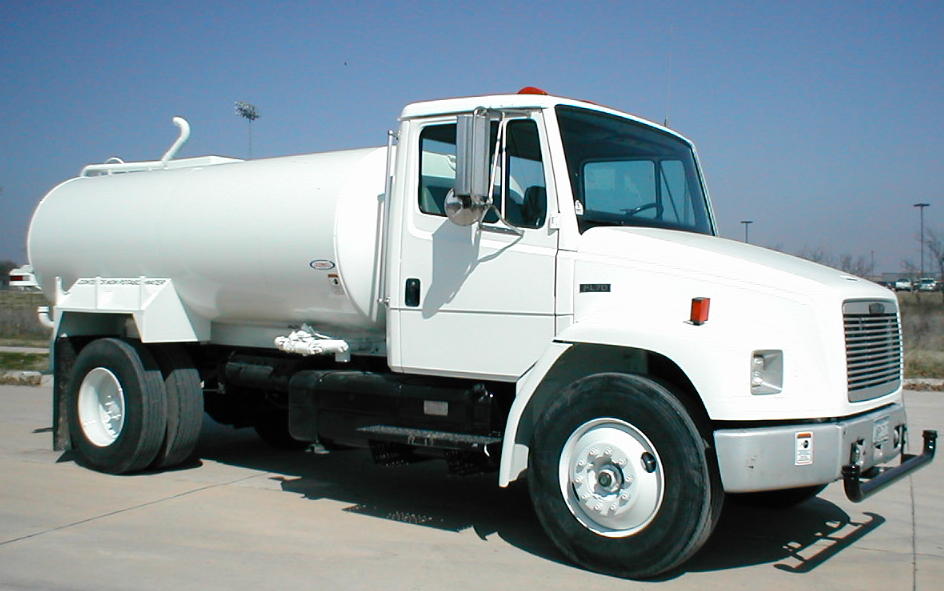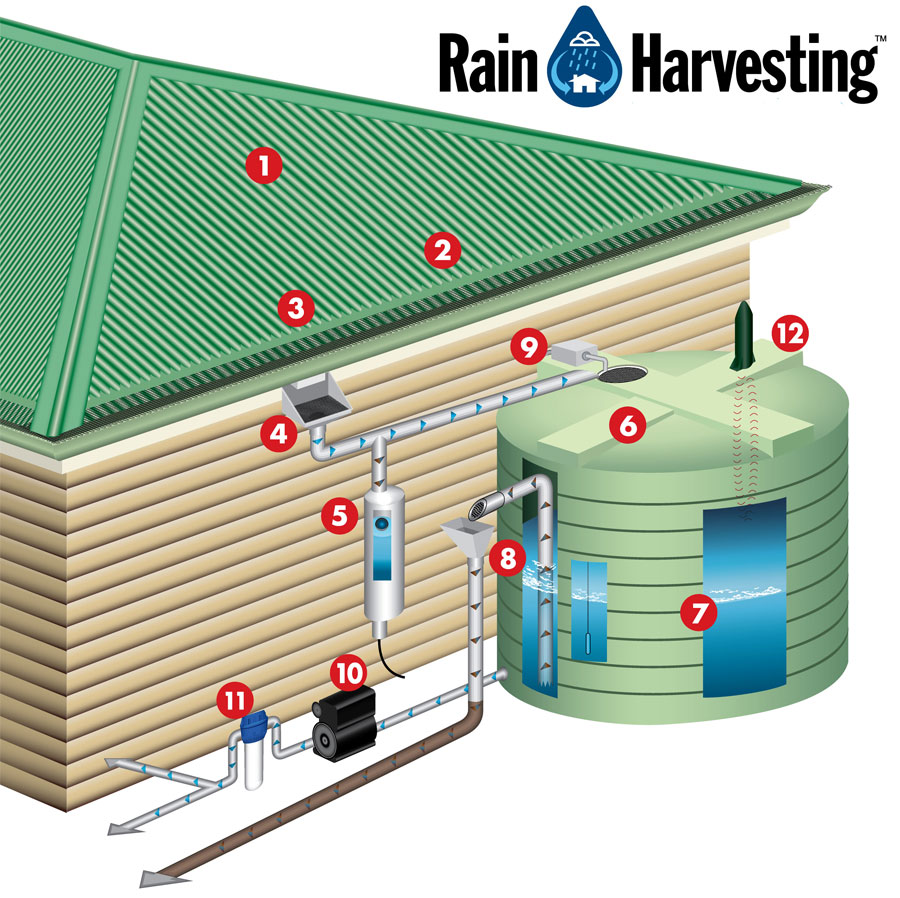Water supplier alternatives (September 19, 2015)
One of the repeated knocks on Apple Valley Ranchos is that it is a monopoly. It’s not, of course, as can easily be seen by the fact that it is heavily regulated, which is not the case for non-government monopolies. What Ranchos does have is a designated service area, which makes sense when you consider the millions of dollars needed to construct a water system, and the chaos that would ensue if you had multiple water suppliers digging up the roads to run water lines. In this way, it’s no different from the power company or the gas company. Even the phone and cable companies used to have designated service areas before technological advancements made them obsolete.
But let’s say that the point of the monopoly
charge is that there are no other sources of water in Apple Valley, so we are forced to buy from Ranchos.
Again, not true. Here are some of the alternatives, using as our example someone who is upset because he’s paying $1,000 (including the drought surcharge) for the 150 units of water he uses each billing period. For the sake of argument, let’s say that this person demands to be allowed to use this much water, and says he’s already cut his water usage as much as he’s going to cut it.
A well
The water adjudication that assigned water rights many years ago, allows an individual to sink his own well (if his property is zoned for it, and it is not a violation of any CCRs) and draw 10 acre-feet annually, as long as it’s for personal use and he doesn’t sell the water. Ten acre-feet of water is 3,258,514 gallons. A well can cost anywhere from $30,000 to $1,000,000 to drill, assuming you can find someone to do the work. 75 units per month is 1,845 gallons per day (673,371 gallons annually). So the first year, your free
water might cost up to 67 cents per gallon, plus the costs for electricity (to run the pump), maintenance, testing, treatment, and (of course) either the debt service on the loan you took out to sink and outfit the well, or the opportunity cost for using that money for the well instead of for something else. Also, if the water level in the aquifer drops below the level where your well can take advantage, then you either have to abandon your well (and your investment), or invest more to extend the well deeper, each of which drives up your costs. Barring that, though, as the years go on, your amortization period gets longer so your cost-per-gallon goes down. Because of your fixed costs, the cost-per-gallon never goes to zero.
A water hauler
If you call a water hauler in Lucerne Valley, it will deliver 2,000 gallons to Apple Valley for around $95 (depending on the actual mileage from their facility), which works out to around 4.75 cents per gallon, but then you have to have a reservoir of some kind to hold the delivered water, and if you want to use the water for household use (as opposed to landscaping use, etc.), then you’ll want to do testing and — possibly — the occasional treatment, each of which adds to the cost. Special plumbing increases your costs, as would a pump (and the electricity to run it).
DIY water hauling
If you buy a 2,500 gallon water truck and drive it outside of Apple Valley to buy water, at 75 units per month you would be making the trip just about every business day of the year to satisfy your water wants. From my house, it’s a 24 mile round trip to a water supplier in Adelanto who reportedly will allow you to fill your own water hauler (as opposed to delivering it themselves). A used water truck will cost you $15,000 or more. The IRS standard mileage rate for 2015 is 57.5 cents per mile, which is supposed to account for fuel, insurance, maintenance, etc. Using that as a guide, your daily trip will cost you $13.80, to which you must add the cost of the water itself, any cleaning and testing of the tank to ensure hygiene, and the debt service on the loan you took out to buy the truck, or the opportunity cost for using that money for the purchase of the truck instead of for something else. Oh, and for this calculation, your time is free. If your time is valuable to you, you have to add in your hourly rate. I wasn’t able to locate this business, but let’s say that it charges 2.5 cents per gallon. Add your daily travel costs, and this water is going to cost you at least 3 cents per gallon.

Rain water collection
Given enough square footage of collection space, you might be able to collect sufficient rain water to meet your needs. Rain water collection involves capturing the water, routing it to a storage system, filtering, cleaning (rain water run-off can be filthy), pumping, and distribution. It is neither easy nor cheap. To get a sense of this, you can put a ten-gallon tub outside where it will collect roof run-off. The tub will likely fill quickly with dirty water, be difficult to move, and serve as a breeding environment for all manner of flora and fauna after a couple of warm days. Professional rain water collection systems start at around $10,000, but this would be a small system that works only in areas where rainfall is more commonplace. Expect to pay many times that for a comprehensive system that fills all your water needs.

Apple Valley Ranchos Water Company
Now let’s look at water costs from what we’re told is the Evil Empire: Apple Valley Ranchos Water Company. On our last water bill, we used 2,992.76 gallons of water (two months’ usage), and paid $60.40, for a cost of just over two cents per gallon, delivered: Tested, treated, and clean. I didn’t have to drive anywhere to get it. I didn’t have to store it. In fact, I didn’t have to worry about it at all. I turn the tap, and there’s the water.
If I think I'm getting a good deal, it’s nothing compared to our fictional water super-user. For 150 units of water, he’s paying .9 cents per gallon, even with the drought surcharge.
That’s why I don’t feel ripped off by AVRWC.
That’s what I feel is threatened by the Town of Apple Valley’s hostile takeover of Ranchos. Were that to happen, our water system would be an actual monopoly, with the same people in charge of regulating it, running it, and setting rates.
— Greg Raven is Co-Chair of Apple Valley Citizens for Government Accountability, and is concerned about quality of life issues.